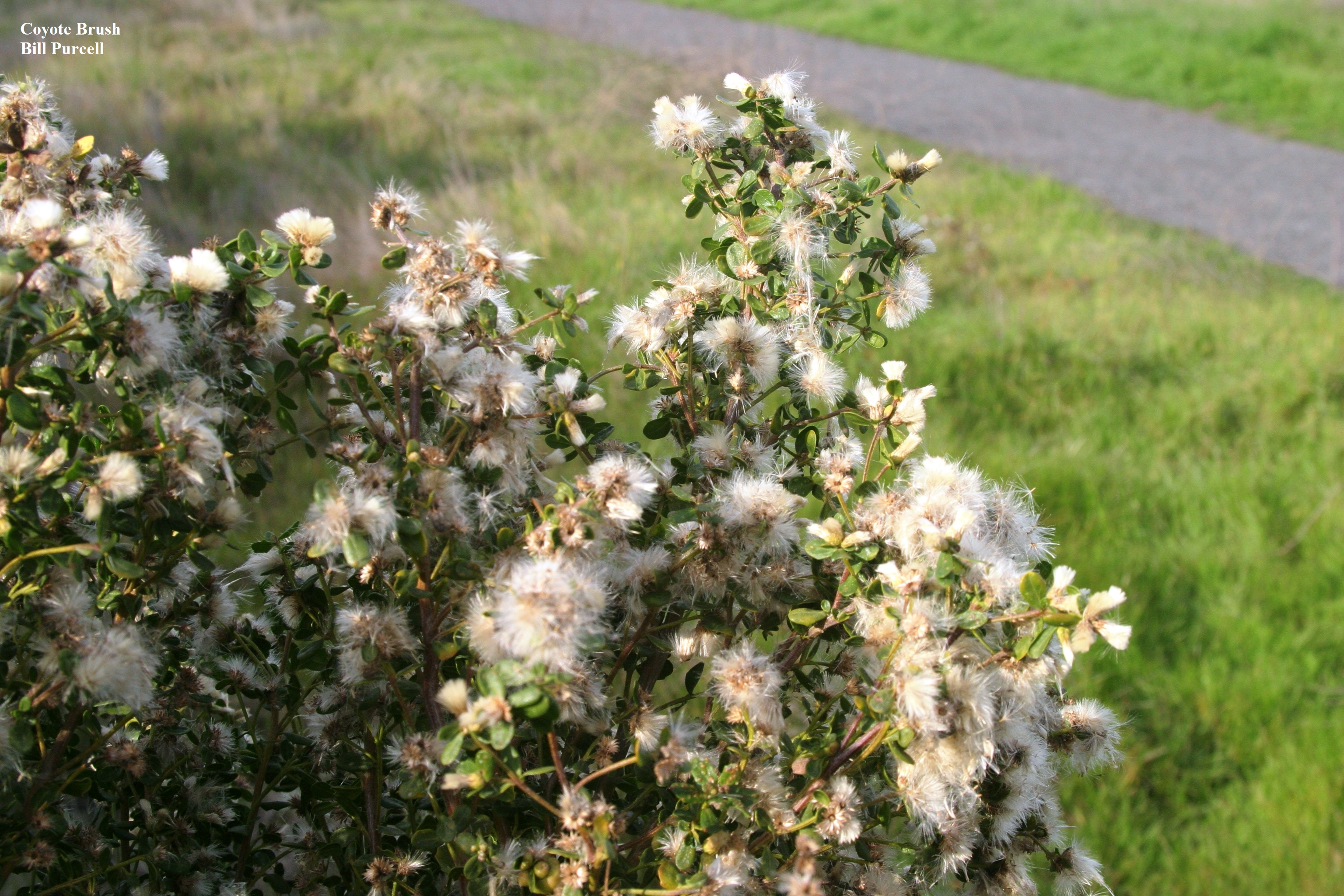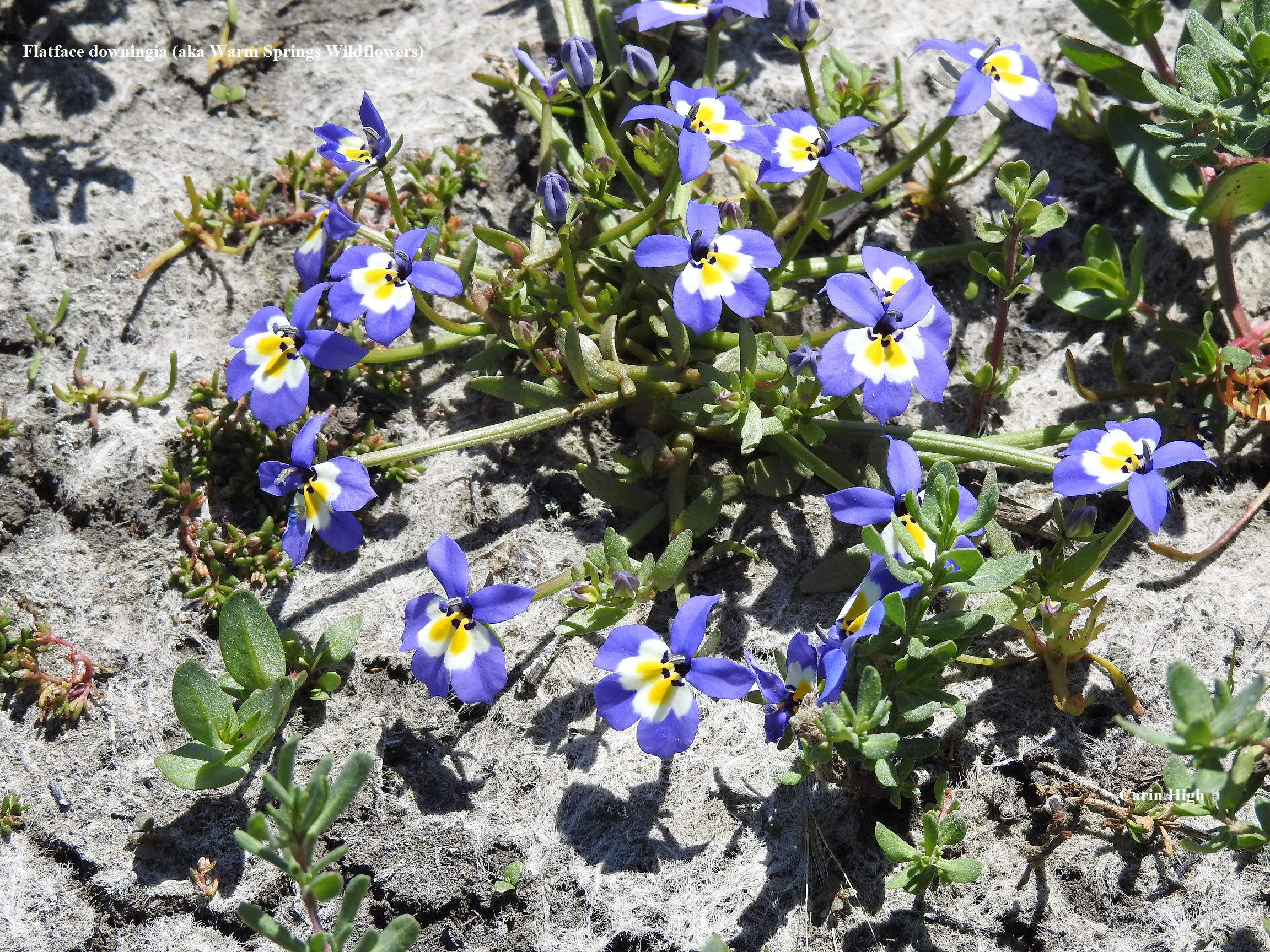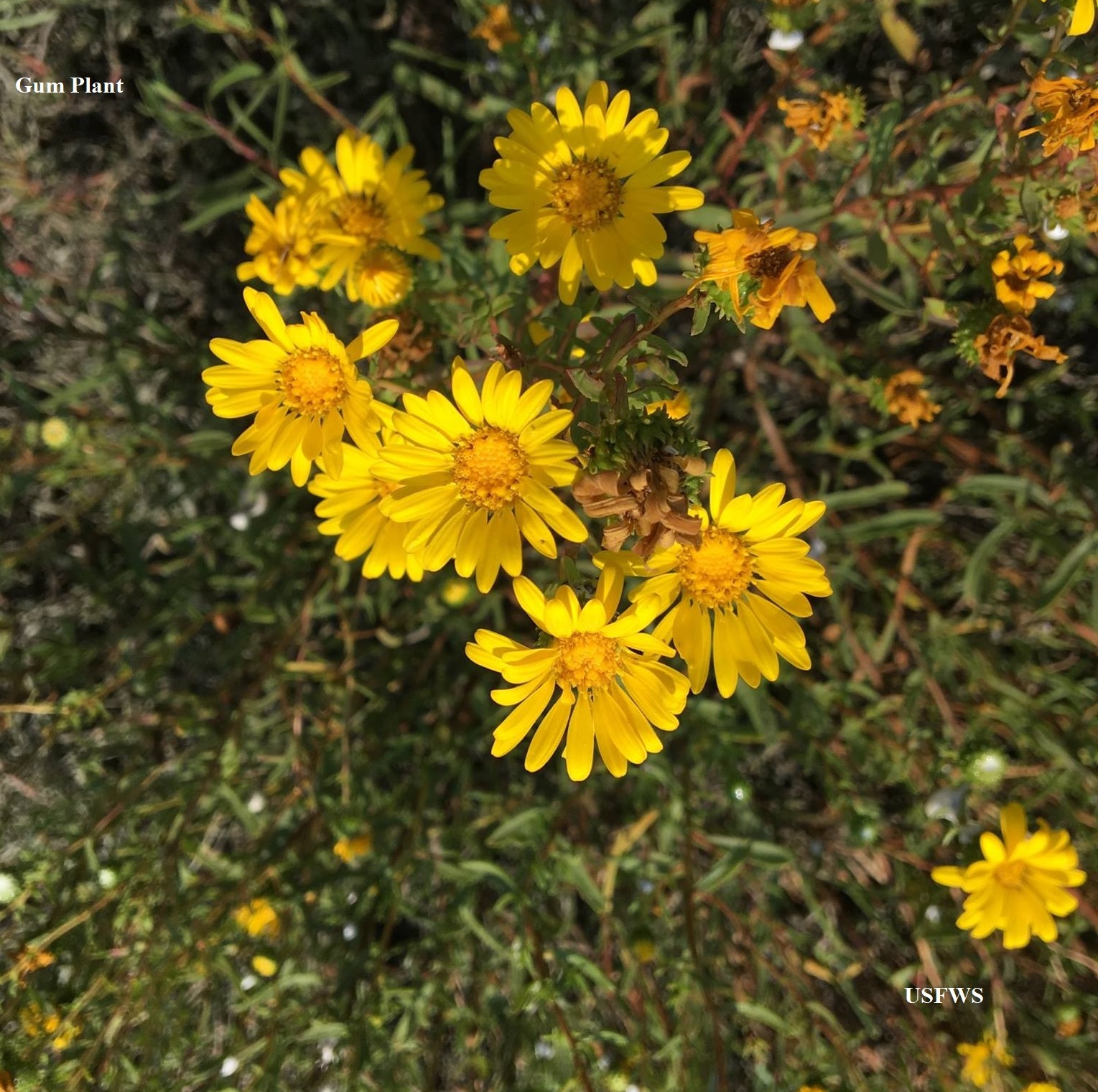Plants
400+ species
Don Edwards San Francisco Bay National Wildlife Refuge is home to over 400 plant species, 200 of which are native to the region. Several of these are classified as rare and/or sensitive species and merit special protection including two federally listed endangered species and at least four CNPS listed rare species (1B status). Here you can find the complete list, a slideshow, and some featured species. Clicking on any of the images on the right will allow you to see them in their original high resolution.
For the complete plant species list.
For a slideshow of some plant species.
________________________________________
Common Name: California Sea-Blite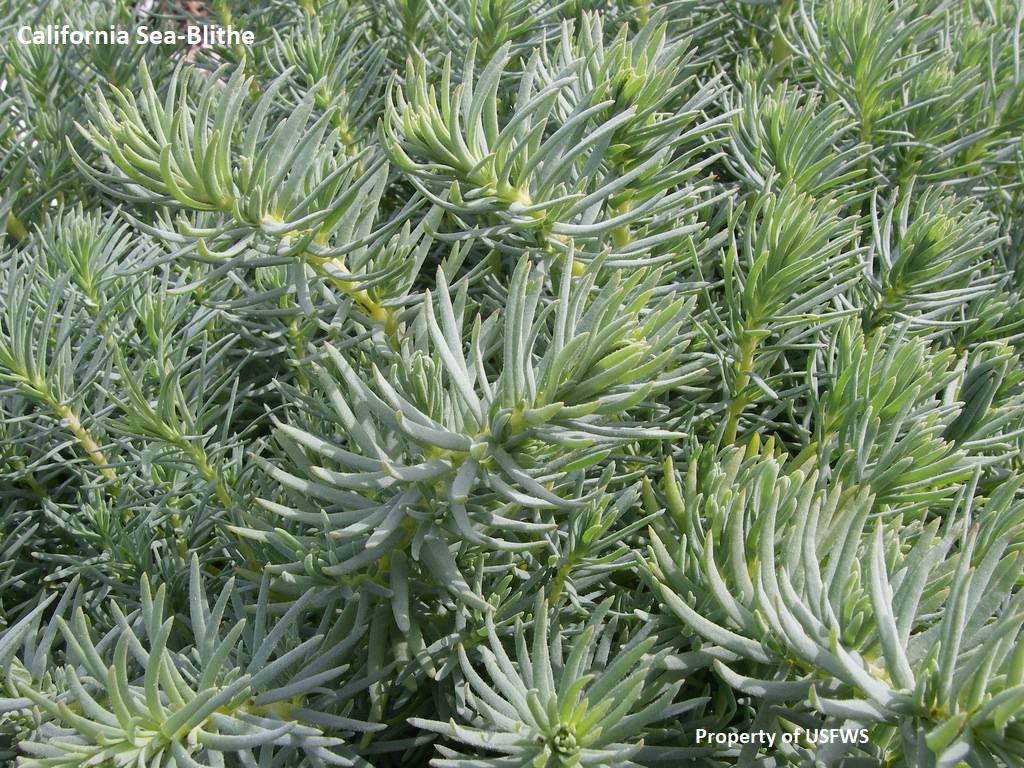
Scientific Name: Suaeda californica
Habitat: Tidal marsh
Fast Fact: This plant species is a 12-32 inches tall, mounded green shrub with long-subclindric to flat and overlapping leaves. It is believed to be seriously endangered due to the depletion and alteration of marsh habitat
________________________________________
Common Name: Contra Costa goldfields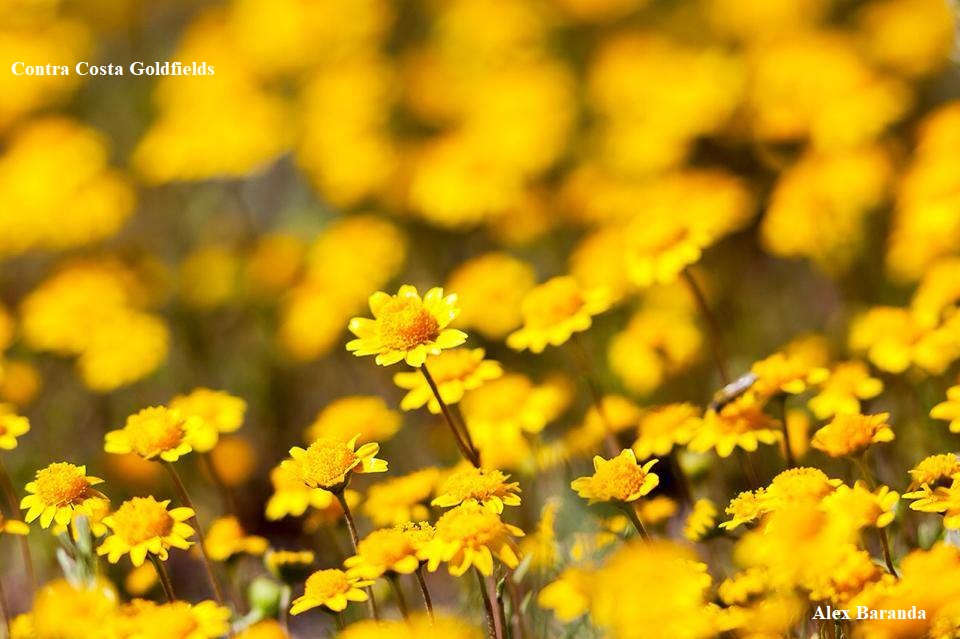
Scientific Name: Lasthenia conjugens
Habitat: Vernal pool complexes
Fast Fact: This plant species is a flower that can grow up to a maximum height of 40 centimeters and usually blooms during the spring often creating what appears to be yellow carpets on hillsides.
________________________________________
Scientific Name: Baccharis pilularis
Habitat: Uplands
Fast Fact: This plant species will have bright green foliage during the most of the year, then become covered white with seeds during the fall which look like parachutes as they fly away with the breeze.
________________________________________
Common Name: Flatface downingia
Scientific Name: Downingia pulchella
Habitat: Vernal Pools (temporary, seasonal wetlands)
Fast Fact: This plant species will go from being a male flower to being a female flower (to avoid self-pollination). Next, the flower will pollinate with the assistance of a bee who will carry pollen from one flower to another flower.
________________________________________
Scientific Name: Grindelia stricta
Habitat: High (tidal) marsh
Fast Fact: This plant species can top two meters in maximum height. At the top is a single large flower head with yellow disc florets and yellow ray florets around the circumfrence. Since 1875, this plant species among the 50 others in the genus Grindelia, has been known to be used as for homeopathic treatments.
________________________________________
Common Name: Point Reyes bird's-beak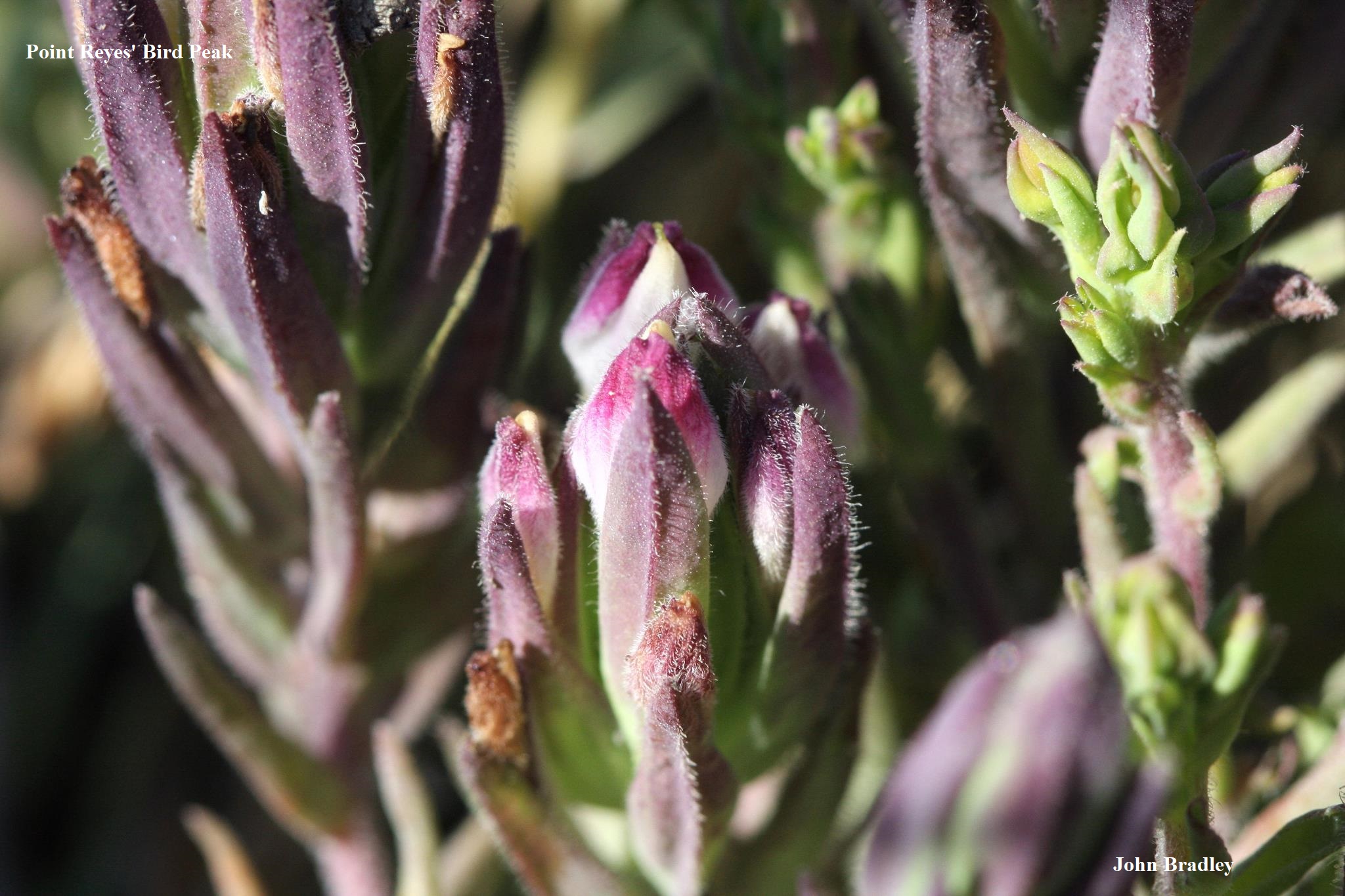
Scientific Name: Chloropyron maritimum ssp. palustre
Habitat: Salt Marsh
Fast Fact: This purple and pink-colored plant species is particularly important to nearby habitats as it can help promote plant species diversity by reducing dominant plants and can also reduce root zone salinity stress in salt marsh communities.
________________________________________
Common Name: Salt marsh pickleweed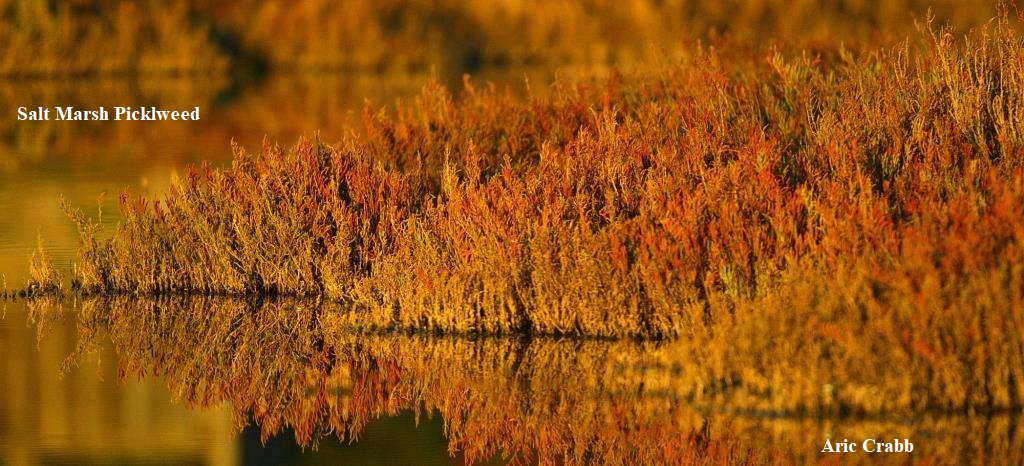
Scientific Name: Salicornia virginica
Habitat: Mid to upper zone tidal marsh and saline soils
Fast Fact: This plant species is usually gray-green with stems that grow out into segments that turn red before falling off. At first glance, this plant species may appear to not have flowers or leaves, but these are hidden in the joints of the stems.
________________________________________
